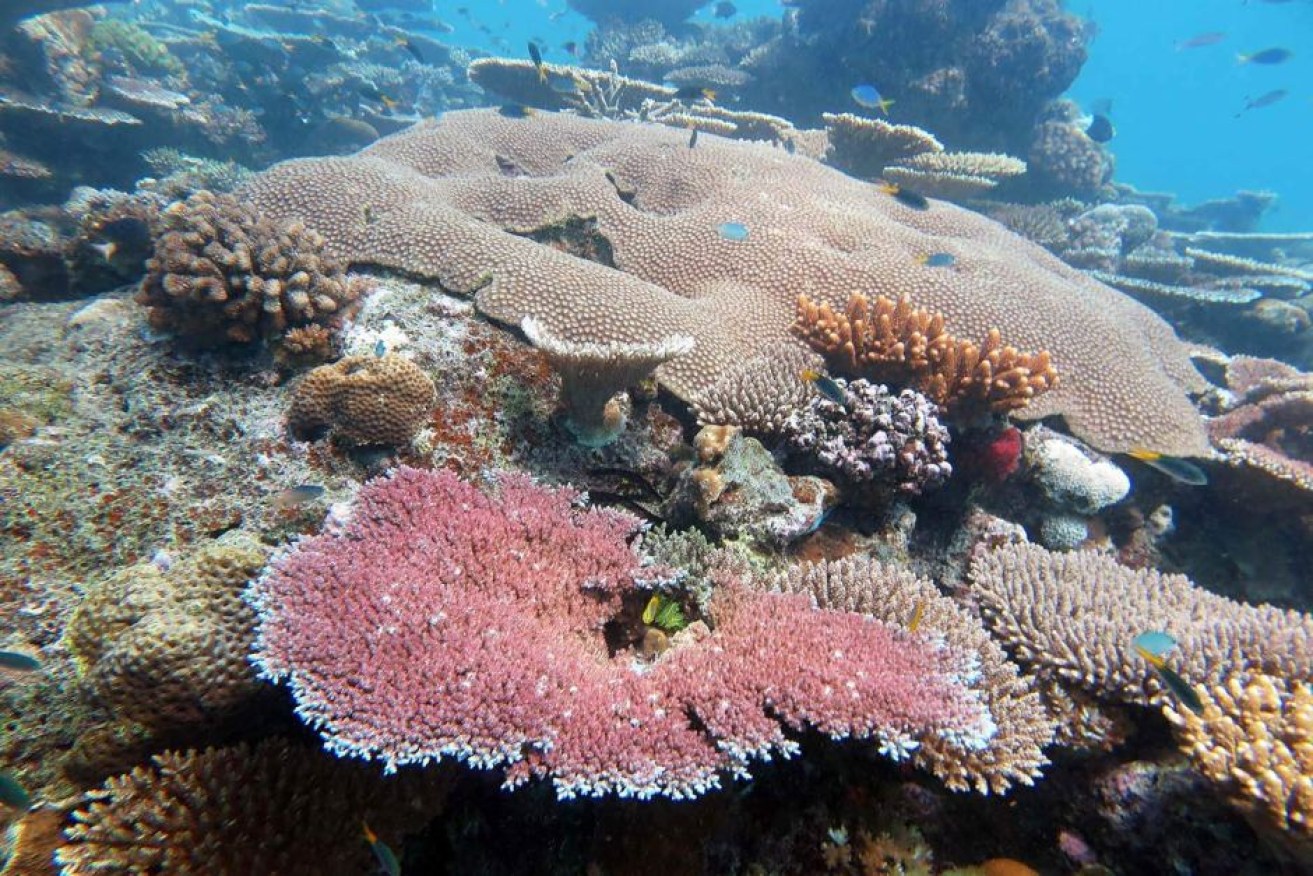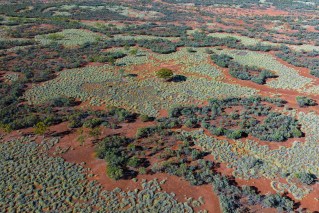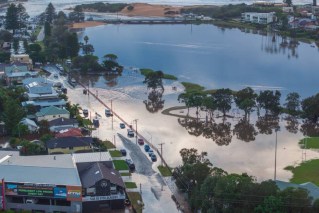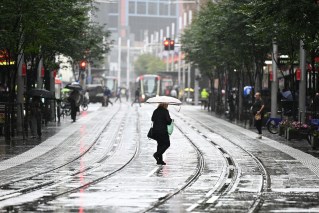Parts of Great Barrier Reef increasing in coral: survey

AIMS Long Term Monitoring Program
A survey of reefs off north Queensland has found an increase in the amount of coral despite the recent bleaching event on the Great Barrier Reef.
Scientists from Australian Institute of Marine Science (AIMS) examined 12 reefs off the Townsville coast, between Northern Hinchinbrook and Cape Bowling Green.
AIMS found 11 reefs had continued to recover since being damaged by Cyclone Yasi in 2011.
• Fixing reef could cost $16 billion: investigation
• Coral bleaching kills one-third of reef: study
• Great Barrier Reef beyond repair in five years: scientists
Scientists also found coral cover on seven of the reefs were at its highest levels since they were first surveyed 30 years ago.
Recent surveys carried out by James Cook University found 93 per cent the Great Barrier Reef had been bleached to some extent and that 35 per cent of coral in the northern and central parts had been killed.

Rib Reef is one of a dozen locations surveyed off the coast of Townsville. Photo: AIMS Long Term Monitoring Program
AIMS spokeswoman Dr Britta Schaffelke said there were signs of coral bleaching during their surveys, but it was not as bad as other parts in the World Heritage Area.
“The most bleaching is actually north of Port Douglas and those reefs will experience probably quite high mortality,” she said.
“Coming back to the Townsville reefs, all of the reefs have experienced some bleaching and some have experienced some mortality, but it’s very low.
“Because those reefs were not experiencing the really hot waters so they actually could continue their recovery and that’s why they look so spectacular.”
Dr Schaffelke said the surveys had not found signs of the coral-eating crown-of-thorns starfish on the reefs.
“It’s not an outbreak yet, so there are some crown-of-thorns and some juvenile crown-of-thorns and we’re expecting those number will increase over the next few years.”
She said the coral reefs could continue their recovery if left alone.
“If reefs are not disturbed by anything then they do recover and we have seen that in the southern parts of the GBR [Great Barrier Reef].”
-ABC








